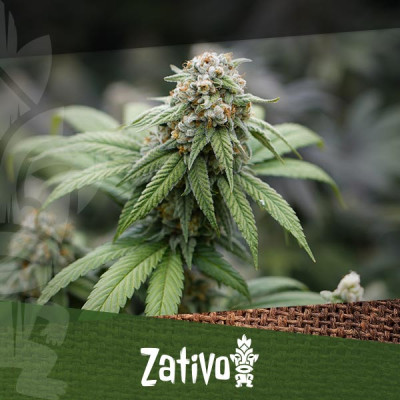Don't have an account?
Register NowYou have to add to cart at least 5 bottles or any program to make checkout.
- BlogTop 10 Tips For Growing Weed
Top 10 Tips For Growing Weed
Published: July 20th, 2023
Categories:
Cannabis Cultivation
Whether you’re completely new to growing weed or you want to find ways to simplify your growing strategy, we’ve got your back! The 10 handy tips below will help to strip everything down to the basics.
How Hard Is Growing Weed?
Are you ready for an unsatisfying answer? It depends! Ultimately, cannabis isn’t too different from any other plant. Many of us place it on a pedestal as some kind of mythical species. In truth, it’ll still grow if you carelessly throw it into some half-good soil and completely neglect it. However, you won't get very good results.
Cannabis requires careful monitoring and attention in order to optimise results. If you take the most basic approach possible, you’ll find yourself with a good stash with little equipment and investment needed. However, pests, diseases, and adverse weather can turn an otherwise easy grow into a challenge.
Experienced growers often take steps to make growing the herb more difficult. They start breeding, lay out complex fertigation systems, and prepare their own foliar feeds. Luckily, none of these things are necessary for small-scale home growers.
If you’re new to cultivation, you can grow weed extremely easily at home. It only takes seeds, water, light, some good nutrients, and some fertile soil to achieve satisfying results. With these tools at hand, follow the 10 tips below to make the process as smooth as possible.
Top 10 Tips for Growing Cannabis
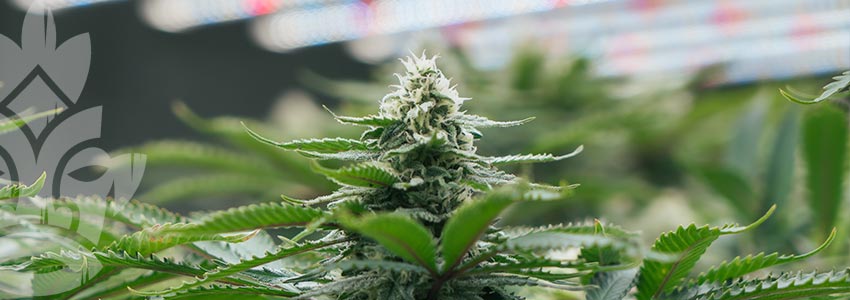
So, you’re new to growing weed? Well, you’re in the right place! Below, you won’t find any information on automated irrigation, complex humidity systems, and pH testing devices. We’re keeping things simple. Follow these 10 easy tips and you’ll drastically improve the odds of success during your first few growing seasons.
1. Make It Easy for Yourself
Stop. Seriously, just chill for a second. We understand that entering the world of weed is equally intimidating and exciting. You’re constantly barraged by a bunch of promotional material that convinces you to rapidly rinse your bank account. Aeroponics system? Nope. A shiny €1,000 grow light? Don’t need it. Fully automated touch screen aeration system? Please, just stop. You’re just starting out.
In the same way that you don’t need to invest in a wheel tracker or computer diagnostics tool when buying your first car, you don’t need the equipment of a master horticulturist when growing your first plants. You might find these pieces of kit useful a few years down the line. For now, keep things simple and easy.
Make sure you have the following, and you’re good to go:
• Indoor or outdoor space to grow
• Basic LED grow light (indoor only)
• Access to water
• Fertile potting soil
• Pots or containers
• High-quality seeds
• High-quality nutrients
2. Know the Basics
Before sowing your first seeds, it’ll help to become familiar with the basic principles and concepts of growing weed. Keep the following in mind going forward:
• Light: Cannabis plants need at least eight hours of direct sunlight or artificial light per day to grow into plants worth caring for. Ideally, give plants 18 hours of light per day indoors during the vegetative phase. Outdoors, grow them in the sunniest spot in your garden.
• Soil: Plants use soil as a source of nutrients, microbes, and something to anchor themselves to. Make an effort to buy quality soil, and start composting from day 1 to add fertility to your substrate going forward.
• Macronutrients and micronutrients: Cannabis plants require nitrogen, phosphorus, and potassium in large quantities throughout the entire growing cycle. Plants also need zinc, calcium, magnesium, manganese, and other trace minerals in small quantities. High-quality fertiliser products contain these nutrients in the correct quantities for different stages of the growing cycle.
• Vegetative growth: This term refers to the leafy stage of growth that starts when seeds sprout and ends when plants start to flower. Your weed plants need high amounts of nitrogen during this stage. You can solve this easily by feeding with commercial veg nutrient formulas.
• Flowering phase: This stage of growth starts as weed plants develop buds. During this time, your plants will need higher levels of phosphorus and potassium. Again, take the easy route and switch to a dedicated bloom nutrient formula.
• Photoperiod vs autoflowering: Some cannabis varieties need a change in the light cycle to start flowering. Outdoors, they'll do this as day length shortens. Indoors, you’ll need to switch to a light cycle of 12 hours on and 12 hours off. As their name suggests, autoflowering strains flower on their own with no intervention needed.
3. Use Quality Products
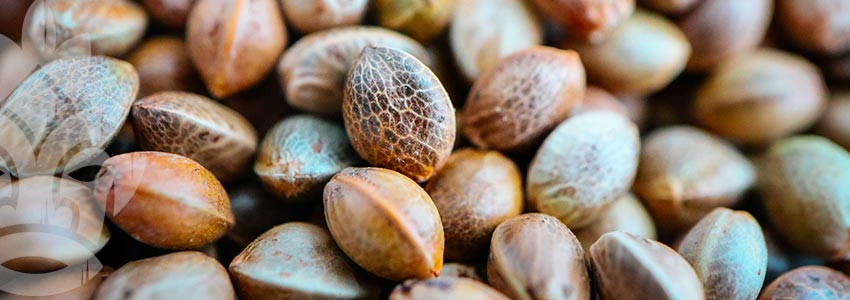
You don’t need much to get started, but make sure you invest in high-quality products. This is especially true when it comes to seeds, nutrients, and soil. Making a slightly larger investment early on can pay dividends down the line, as you’re less likely to need to replace products due to poor performance or meagre results.
4. Watch Out for Sound and Smell
Most weed growers prefer to keep their horticultural endeavours private. To achieve this, you need to stay on top of sounds and smells. Sounds aren’t a big deal outdoors, but indoor grow spaces need fans to keep the air moving. Read reviews thoroughly to find the quietest indoor gear.
When it comes to smell, you can manage it indoors using these strategies:
• Carbon scrubbers
• Odour neutralisers
• HEPA filters
Outdoors, you can grow aromatic companion plants to mask the smell of weed. These include basil, thyme, mint, and rosemary.
5. Don’t Rush!
Easy, tiger! Those plants aren’t going anywhere—well, hopefully. Just like any other crop, cannabis takes some time to grow. Some strains are much faster than others, but you’ll still have to wait at least nine weeks before you start harvesting.
Take this time to observe. Sit with your plants, monitor their growing structure, and explore their anatomy. Get familiar with fan leaves, sugar leaves, trichomes, and stigmas. Familiarise yourself with signs of deficiencies and disease, and keep a lookout for them during your inspections.
6. Harvest at the Right Time
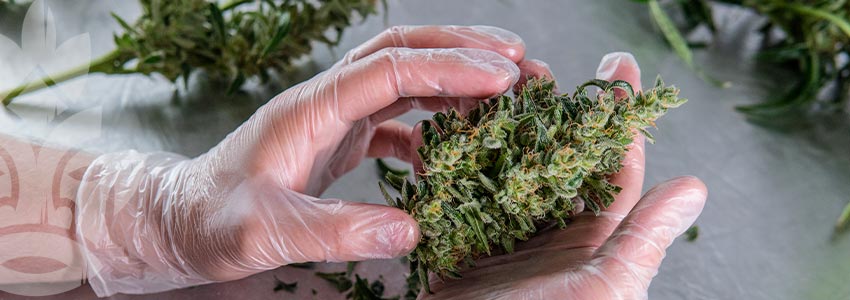
In your journey to become a good grower, you need to learn how to tell when it’s time to harvest. Do so too early, and you’ll end up with grassy flowers low in THC. Leave it too late, and you’ll lose THC to degradation.
There are several signs to look out for to determine the ideal time to harvest weed. A simple hand lens comes in really helpful here. Ideally, you’ll want most of the trichomes (the frosty glands on the surface of buds) to look milky and opaque, as opposed to translucent or amber. Most of the small hairs protruding from each flower should appear orange instead of white.
7. Flush at the End of the Grow
Experienced cannabis growers will debate flushing until the tip of the joint reaches the roach. However, as a beginner, it helps to develop this skill early on. This practice involves withholding nutrients during the last 1–3 weeks of the growing cycle.
The theory behind flushing suggests that not feeding plants causes them to use up the stored nutrients within their tissues. This makes for buds that are less harsh and more flavourful when smoked. Simply stop administering feed and water until harvest.
8. Choose Good Genetics
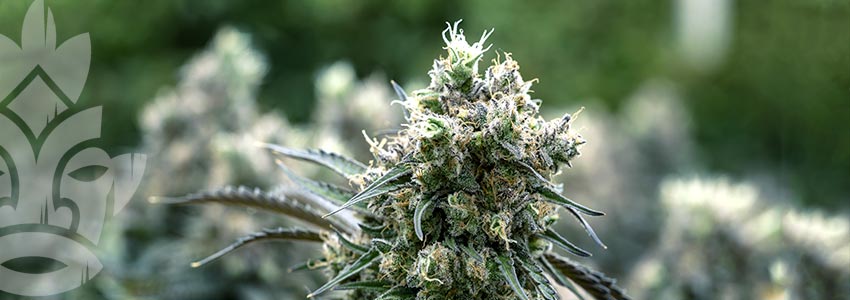
Strain choice has the potential to make or break your grow. Poor genetics are prone to disease, unpredictable, lack cannabinoids and terpenes, and produce poor yields. Good genetics are robust, capable of handling a range of environmental conditions, and highly productive.
Even when selecting high-quality genetics, there are many things to consider. Do you want tall or short plants? Do you want plants high in THC, CBD, or both? Are you after autoflowering strains or photoperiod varieties?
9. Be Conservative With Fertiliser and Water
Apply your fertilisers according to the manufacturer's instructions. Using too much won’t only cost you more in the long run, but it can harm your plants. Conserving water is another good skill to cultivate. Indoors, place your containers on a tray and return any runoff into a standalone reservoir, such as a bucket. Outdoors, only water when needed. Keep an eye on the weather, and water once the top few inches of soil have become completely dry during extended sunny periods.
10. Temper Your Expectations
The idea of bountiful harvests fills beginner growers with excitement. With a bit of luck on your side, you can achieve great results during your first grow. However, it takes time to develop green fingers. Set realistic expectations to avoid disappointment. Simply making it through the growing cycle free of disease and deficiencies and obtaining some smokable bud counts as success this early on!
Growing Weed: A Lifelong Journey
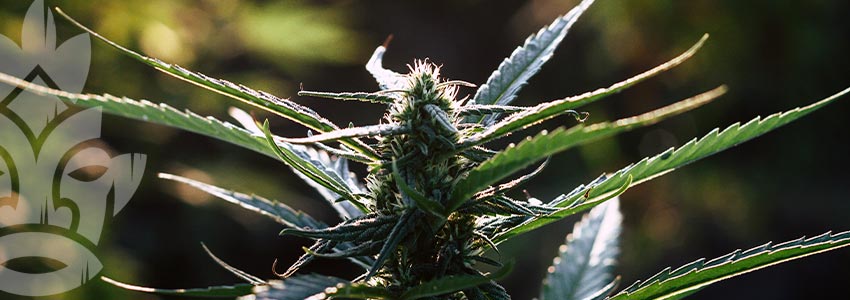
You’ve just taken the first step on a very long botanical journey. Eventually, you’ll learn what works and what doesn't in your climate and growing space. You’ll also develop feeding and training techniques that you prefer, and stop practising those that you don’t. Once you develop a firm foundation of basic skills, you’ll see your results improve. From here, you’ll develop an even more refined approach to growing and find your results get exponentially better. Take things one step at a time, and happy growing!

